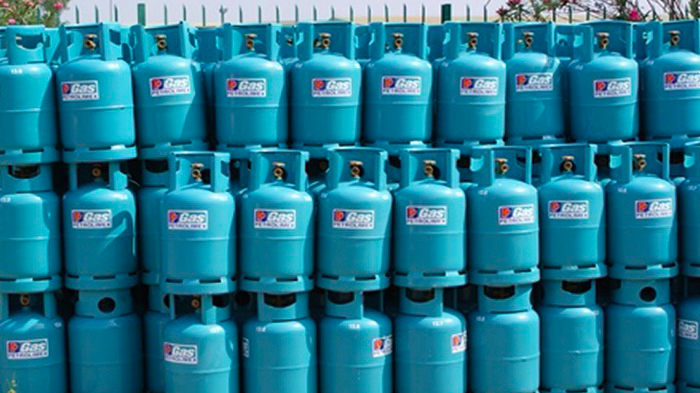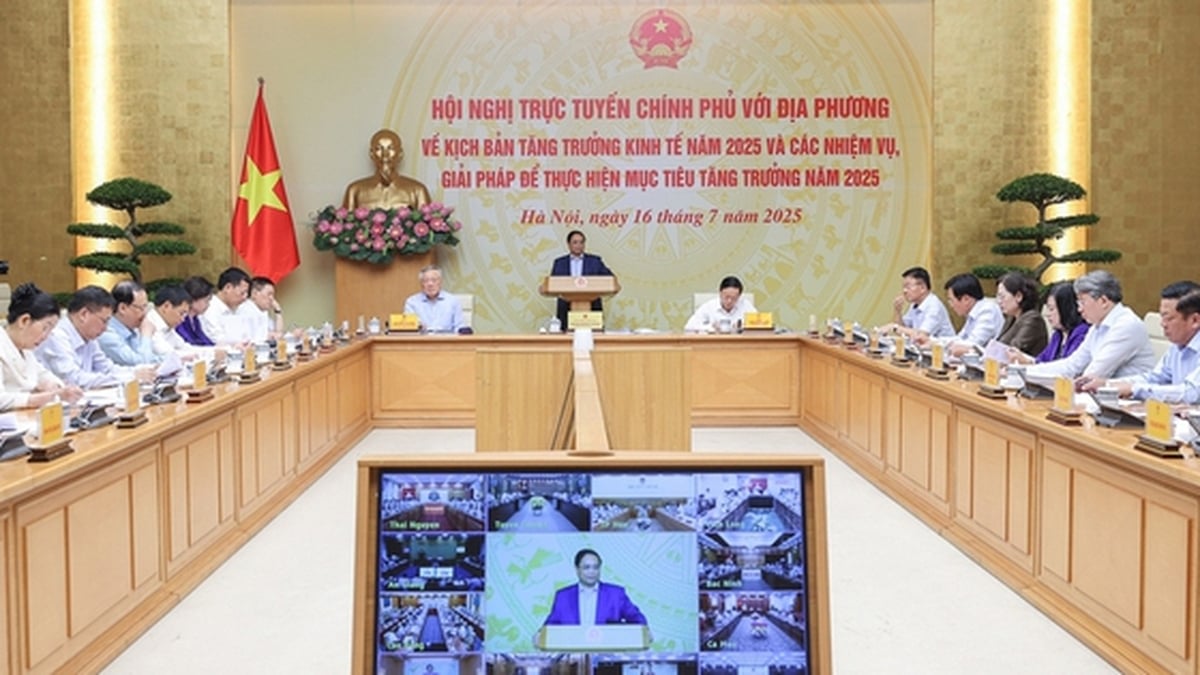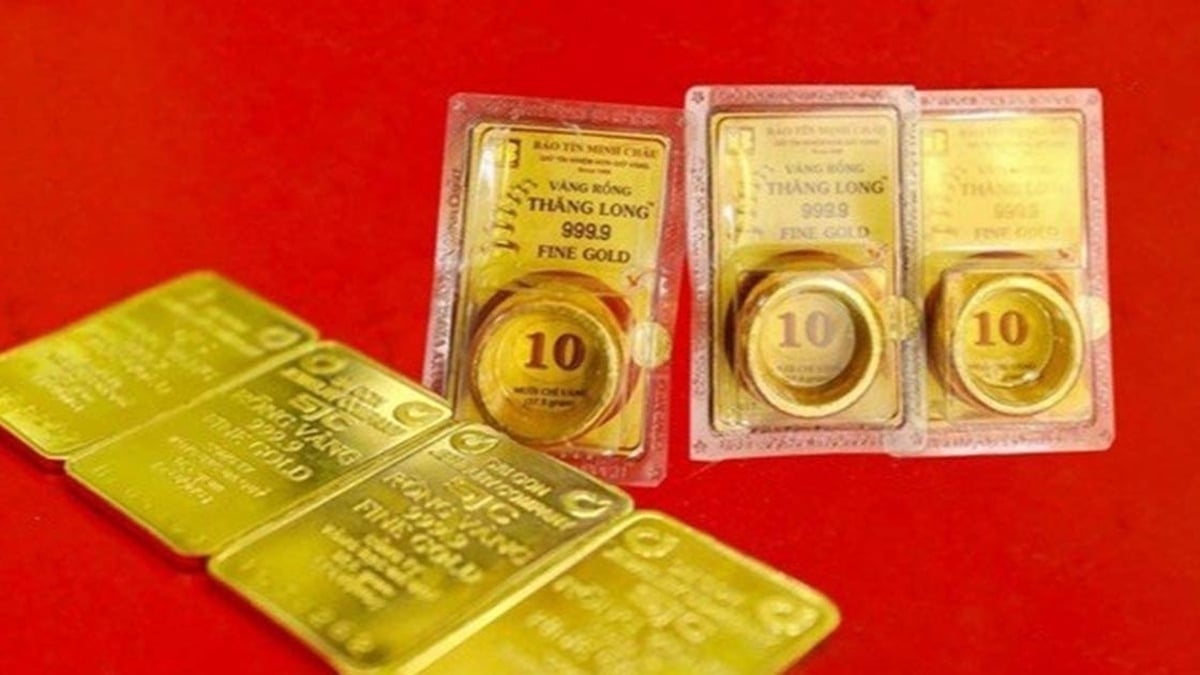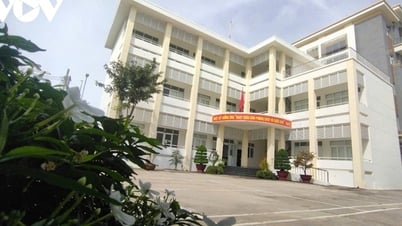According to the latest records, the world gas price today reversed and decreased slightly by 1.24% to 3,438 USD/mmBTU. In the domestic market, the retail gas price in May continued to remain stable for the second consecutive month following the world gas price trend.
World market
According to Oilprice.com at the end of the week, world natural gas prices reversed and decreased slightly by 1.24% (equivalent to a decrease of 0.041 USD) to 3,438 USD/mmBTU at the time of survey.
The end of winter in the Northern Hemisphere has reduced heating demand, leading to a temporary slowdown in LNG demand in key markets such as Europe and Asia. However, this decline does not necessarily mean a long-term trend, especially as geopolitical and trade policy factors continue to drive LNG demand.
In Europe, despite lower demand compared to the previous month, LNG imports from the US remained high. In March, the EU imported a record 7.04 million tonnes of LNG from the US, down from 5.88 million tonnes in April, but still well above last year’s average of 3.76 million tonnes per month. Since the beginning of 2025, US LNG has accounted for 55% of Europe’s total LNG imports – a figure that President Trump could consider a foreign energy policy achievement.

At the same time, Europe has reduced its total gas imports through “demand destruction” – reducing consumption through efficiency measures and industrial adjustments. However, Russian gas still accounts for a significant portion of total imports, despite the EU’s efforts to reduce its dependence. This suggests that demand for imported LNG from the US will continue to rise as Europe prepares to stock up for the coming winter.
In Asia, China abruptly stopped importing LNG from the US, forcing US exporters to look elsewhere in the region. Fortunately, Japan and South Korea remain major customers, while India has emerged as a potential destination, in part because it is trying to reduce its trade surplus with the US – in line with the Trump administration’s direction.
But the US is facing a serious bottleneck in its supply chain: new port fees for Chinese-built vessels, announced by US Trade Representative Jamieson Greer, aimed at boosting domestic shipbuilding. Meanwhile, most LNG carriers are currently made in China or South Korea, and the US has no domestically built LNG carriers and will not have enough capacity to build new ones before 2029. Shipping groups such as the Baltic and International Maritime Council, and investment management firm PIMCO, have warned that the rule will drive up shipping costs and disrupt LNG exports.
Indeed, the global shipbuilding industry is already overstretched: demand for LNG carriers is set to rise 25% through 2024, with most orders going to South Korea (68 ships) and China (41 ships). US exporters may be able to use South Korean ships in the long term, but in the short term, shipping will suffer unless port policy is adjusted.
This situation is becoming more urgent as LNG demand is expected to rise again soon. Europe needs to stock up for the winter and will continue to look for ways to completely replace Russian gas, regardless of the cost. China’s suspension of US LNG imports has created a temporary surplus of US supplies, keeping prices low for Europe, but as other countries (like India) increase purchases to adjust to US trade, LNG prices are likely to rise again – and not in a way that benefits European consumers.
Domestic market
Domestic retail gas prices in May continued to remain stable for the second consecutive month following the trend of world gas prices. Specifically, the retail price of Petrolimex gas cylinders (including VAT) in May 2025 in the Hanoi market was VND 457,400/12 kg household cylinder; VND 1,829,600/48 kg industrial cylinder, unchanged compared to the selling price in April 2025.
For the Eastern and Western regions of the South, the Southern Gas Trading Joint Stock Company (Gas South) announced that the retail price in May will remain the same as in April, applicable to the company's gas cylinder brands including: Gas Dau Khi, VT-Gas, A Gas and JP Gas. Accordingly, the gas price to consumers is 475,400 VND/12kg cylinder and 1,784,111 VND/45kg cylinder (including VAT).
A representative of Petrolimex Gas Corporation said that although the average world gas price contract for May 2025 was at 600 USD/ton, down 10 USD/ton compared to April 2025, due to fluctuations in the USD exchange rate, Petrolimex Gas Corporation did not make any price adjustments.
Source: https://baodaknong.vn/gia-gas-hom-nay-3-5-trong-nuoc-tiep-tuc-on-dinh-251325.html
































































































Comment (0)